The top economy class cabins of 2024: comfort, service, and perks across airlines
Most of us travel in cattle class but not all economy cabins are equal. There are differences in seat size, service, legroom, toilets and wi-fi across international carriers. Which is the best and how does Qantas stack up?
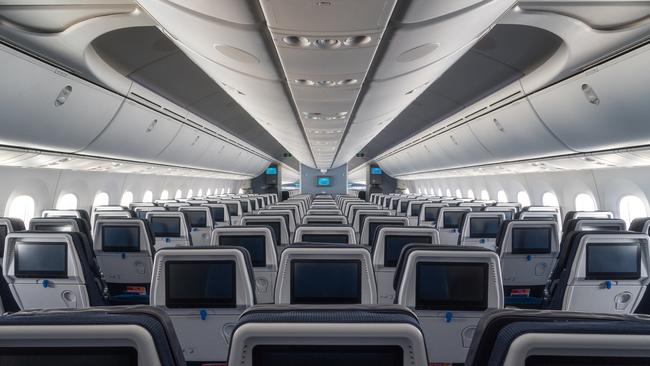
It’s the biggest cabin on an aircraft and the one most of us fly in, even though we would much rather be closer to the front of the plane. Economy class, otherwise referred to as cattle class or the main cabin, is where the vast majority of passengers sit, because of the price, the volume of seats available and the eye-watering cost of business and first class.
But just like the pointy end of the plane, not all economy cabins are created equal across international airlines, with significant differences in service, seat size, food and beverages, space between rows and wi-fi.
Which airlines have the best economy cabin?
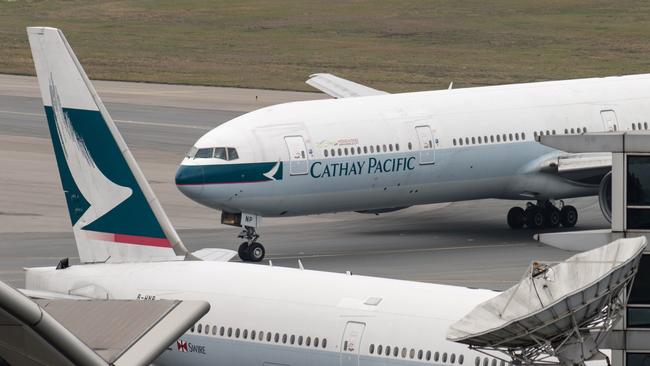
On Singapore Airlines, for example, economy class passengers are treated to a hot towel service on takeoff and before landing; Qatar Airways offers unlimited snacks; and on Cathay Pacific, toilets in the economy cabin are equipped with touchless flush and foot-activated waste flaps in the interests of good hygiene.
Indeed, Cathay has been recognised as having the world’s best economy class cabin in the 2024 Skytrax airline awards, ahead of Qatar Airways and Singapore Airlines. Japan Airlines and Taiwan’s EVA Air round out the top five, with ANA coming in sixth and Emirates seventh, while Qantas finished outside the top 20.
Cathay Pacific regional general manager Frosti Lau says the airline is proud to be awarded best economy class, given most people fly in this cabin.
“It is a vote of confidence from our customers and highlights our premium service and the thought that Cathay puts into this cabin class, alongside our premium economy, business and first offerings,” Lau says.
He says Cathay is always looking at ways to improve the travel experience through design, inflight entertainment, dining and service. The airline’s recently refreshed 777-300ER cabins feature soft mood lighting and the option to pair personal Bluetooth headphones to the inflight entertainment, plus an expanded range of healthy plant-focused dishes on the menu.
The importance of good crew and service
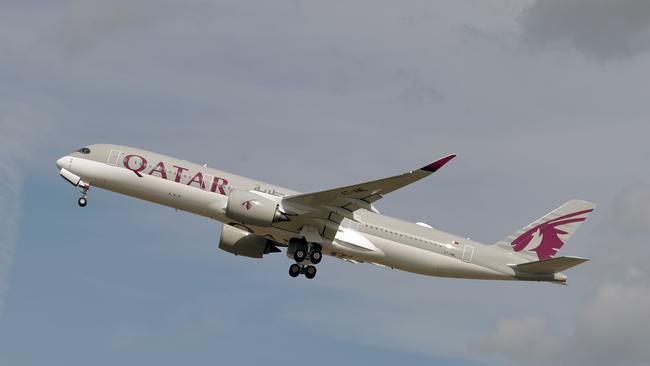
Qatar Airways has embraced a similar philosophy for its “reimagined” economy class, with the aim of bringing “comfort and quality” to every journey. The airline’s senior vice-president of product development, Xia Cai, says at least 85 per cent of its passengers travel in economy, ranging from families with young children and students, to young professionals and holidaymakers.
“One of the key differentiators is our crew, the training and also the crew culture,” Cai says. “We also offer one of the most generous crew complements.
On A380 flights to Australia we have three to four additional cabin crew on the aircraft, so that means more attention to our customers and faster service.”
Factors such as being a young fleet with the latest economy seats, having USB ports and power sockets for each seat, and three choices of main meals have helped raise the bar a little further in economy on Qatar Airways. Cai says meal portions are also larger, with most airlines averaging 240g a meal in economy, whereas its main meals weigh in at 300g “at least”.
Which airline has the best selection of drinks?
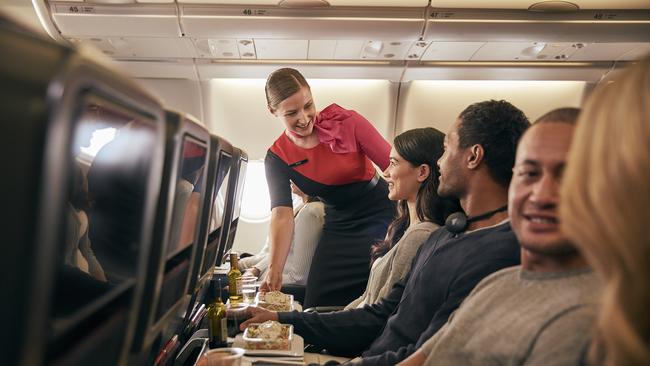
Complimentary beverages are included on Qatar, with cabin crew making extra rounds with the drinks cart on long-haul flights. Emirates, Qantas, Etihad and Singapore are also willing to refill glasses in economy. Singapore Airlines takes it one step further, with a range of cocktails offered to its economy guests such as the city-state’s signature Singapore Sling. On Air France, champagne is served in every cabin on long haul, with the brand changing from month to month.
Top airlines for seat size and legroom
When it comes to seat size, there is little separating the major airlines. Most economy cabins offer 81.3cm of seat pitch, the distance between one seat and the one in front, and width of between 43cm and 45cm. The only airlines that offer more space between you and your forward neighbour are Emirates, Japan Airlines and ANA (All Nippon Airways), all of which boast between 84cm and 86cm of seat pitch in economy cabins, depending on the aircraft type.
Emirates’ roomiest economy seats are on its 777-300ERs, while its A380s vary between 81cm and 86cm of seat pitch. The widest seats can be found on Singapore Airlines A350s and A380s, at 48cm, closely followed by Cathay Pacific (47cm on 777-300ERs). Qatar Airways also provides 47cm on its A380s and 45.7cm on A350s, but curiously only 43cm on its 777s, the same as Qantas 787-9s and A330s.
Qantas will give economy customers more room on its new A350-1000s, due to start arriving in 2026 to operate ultra-long-range flights between Sydney and New York or London. As well as almost 84cm of seat pitch, economy passengers will be provided with a “foot net” to improve comfort, and a wellbeing zone for stretching during the flights of more than 20 hours.
What airlines offer free wi-fi?
Free inflight wi-fi in economy is another major differentiator. Qatar and Hawaiian Air lead the charge thanks to Elon Musk’s Starlink technology. The satellite network means access to high-speed wi-fi for all passengers at no charge; Qatar even allows video calls to be made during flights.
Emirates and Singapore Airlines give loyalty program members free wi-fi access, but it comes at a price on most other carriers, starting from about $5 for 15 minutes, rising to $50 for the entire flight. Qantas has promised to include wi-fi access in its fares when the technology is rolled out across its international fleet, starting with its A330s, and extending to 787s and A380s by the end of the year.
Although sophisticated inflight entertainment systems with a large selection of films and television shows might reduce the desirability of wi-fi, it is still something that corporate bookers look for when arranging travel.
Flight Centre’s corporate travel general manager for Australia and New Zealand, Renos Rologas, says 80 per cent of business trips are made in economy cabins, particularly on domestic and trans-Tasman routes.
“Given the hours many of our travellers spend in transit, the prospect of more accommodating economy cabins is incredibly appealing and the good news is that airlines are increasingly focusing on enhancing the comfort and amenities offered in the economy cabin,” Rologas says.
“I think we can expect to see more ergonomic seating, improved legroom and upgraded inflight entertainment systems, all of which contribute to a more pleasant travel experience.”
What airline has the best toilets?
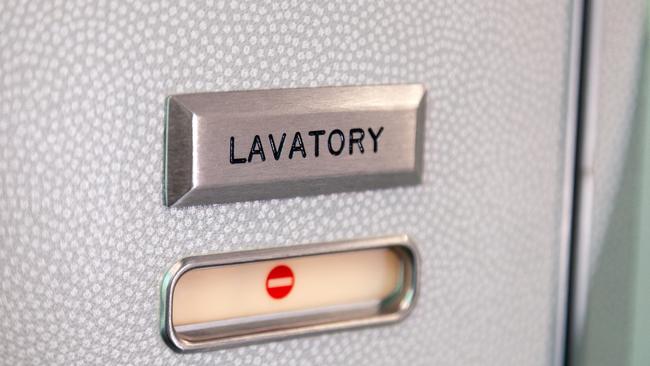
Queuing for the toilet on a long-haul flight is one of the worst parts of travelling, particularly as some airlines provide as little
as one rest room for every 78 passengers. Although premium cabin travellers are normally well catered for, with an average of one toilet for every four people in first, and
one for every 10 to 15 people in business class, there are big differences between facilities
in economy.
Qatar Airways and Emirates provide a relatively high ratio of toilets-to-seats for economy passengers, starting from one for 38 seats. But United, Delta and American are less considerate, with as few as one toilet for 56 passengers. Qantas ranks somewhere in the middle, with one for every 48 economy passengers on its A380s and 787-9s, one for every 45 on A330-300s and one for 41 on A330-200s.
Travellers looking to save money on fares by going with low-cost carriers face a longer wait for the loo, with one toilet for every 63 economy passengers on a Jetstar 787-8, and one for every 68 on Scoot’s 787s. AirAsia X is the exception in the budget category, with one toilet for every 41 economy passengers on A330-300s, and one for 12 in its business cabin.
The shift to more narrow-body aircraft on short and medium-haul routes is not good news for passengers either, with as few as three toilets for up to 236 travellers on some flights.
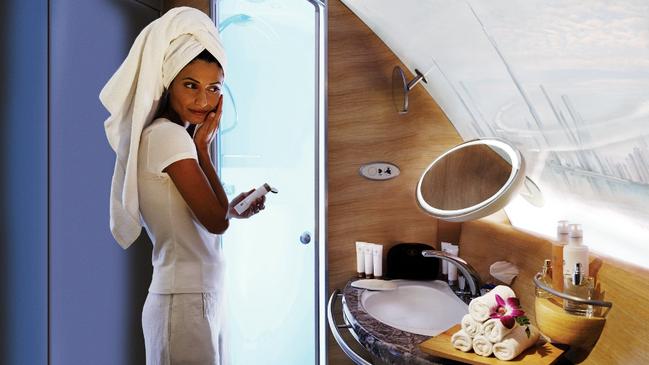
Virgin Australia’s Boeing 737-8s, which fly to Tokyo, have one toilet for eight business class travellers, but just two for 168 seats in economy. Poor demand for the service means it is being axed this month. Similarly, AirAsia’s A321neo, which flies Kuala Lumpur to Perth, seats 236 people but comes with only three toilets, or one for 78 passengers. Jetstar is also increasingly using narrow-body A321s on services of more than six hours’ duration, with one toilet for every 73 passengers.
An Airbus spokesman says the number and size of rest rooms on aircraft is very much the decision of individual airlines, while the dimensions of economy cabin lavatories have remained “quite stable” despite the perception they have shrunk.
Premium cabin toilets are another matter, with more carriers specifying larger facilities for first and business class for competitive reasons. A Qatar Airways spokeswoman says its primary focus is always enhancing the customer experience by ensuring “convenience and comfort at every stage of the journey”.
The Civil Aviation Safety Authority says there is no minimum requirement for the number of rest rooms on aircraft but generally there is no fewer than two on a single-aisle aircraft, and at least six on wide-body aeroplanes, depending on seat configuration and the type of routes flown.
On A380s, Qatar Airways provides 18 toilets; Emirates 17; and Qantas and Singapore Airlines 16.
There is also some variation across Boeing 787-9s, with nine toilets on Qatar Airways and Air New Zealand Dreamliners; eight on American Airlines; and seven on Qantas and United Airlines.
Very few airlines provide dedicated bathrooms for premium economy passengers, typically sending them back into economy for a toilet break. The exceptions are Qantas, Emirates and Singapore Airlines’ four-class A380s and Air New Zealand’s 787s.
Air New Zealand’s fleet strategy and delivery lead, Baden Smith, says it should be a great “relief” to customers that the carrier has some of the best passenger-to-toilet ratios.
“For example, on our Airbus 320s the ratio is approximately one lavatory for every 56 passengers, however this ratio can climb as high as one lavatory for every nine passengers in the business cabin of select 787-9s,” says Smith.
WHAT AIRLINE DO YOU THINK OFFERS THE BEST ECONOMY?
If you love to travel, sign up to our free weekly Travel + Luxury newsletterhere.


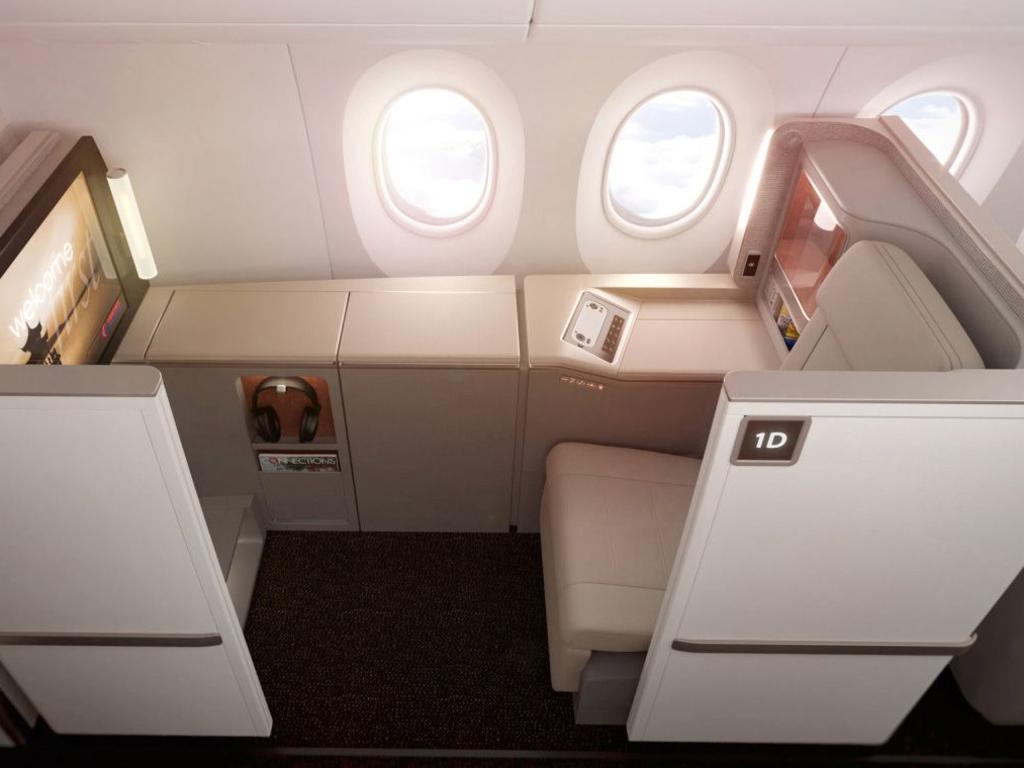

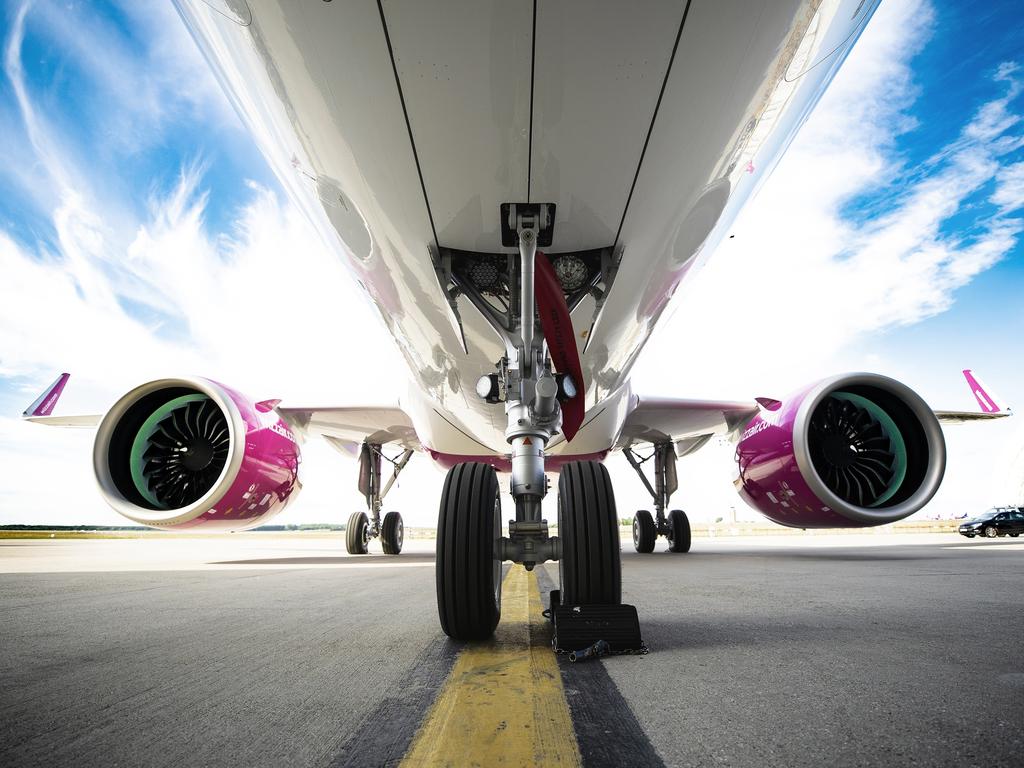
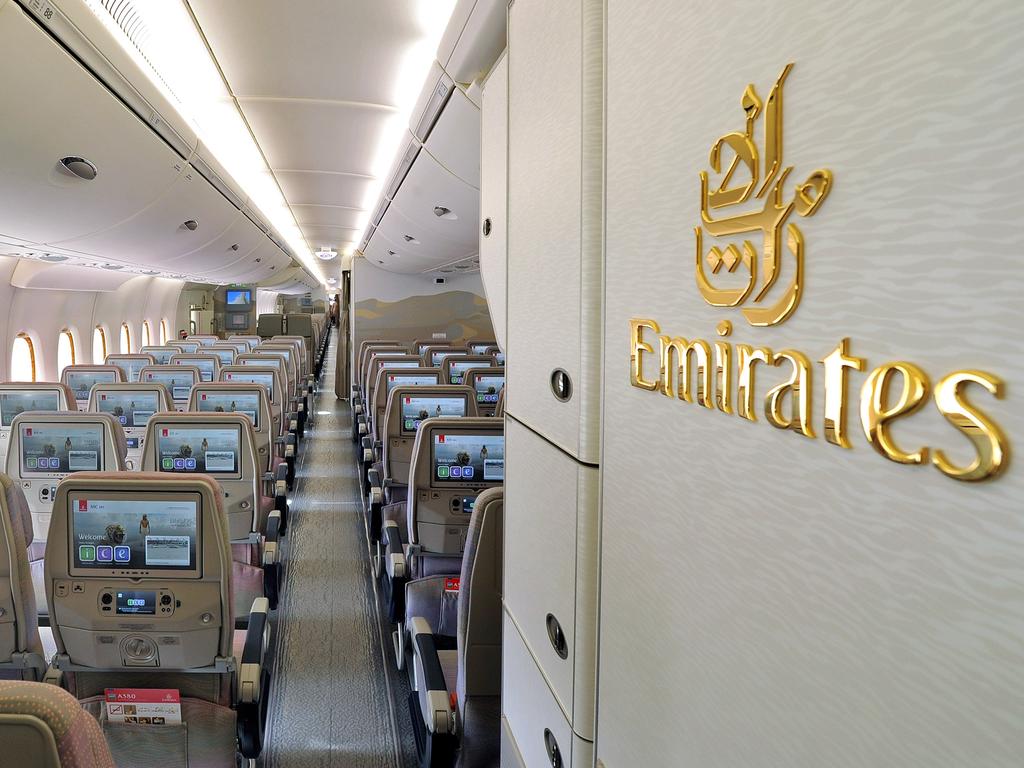
To join the conversation, please log in. Don't have an account? Register
Join the conversation, you are commenting as Logout